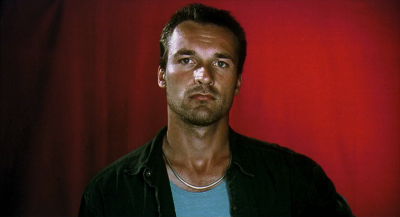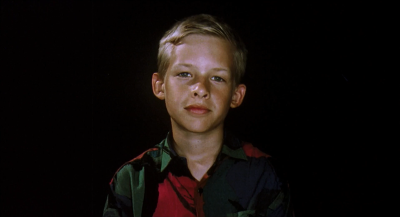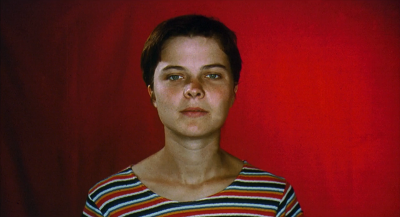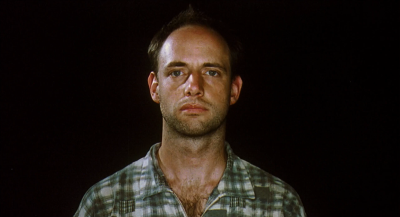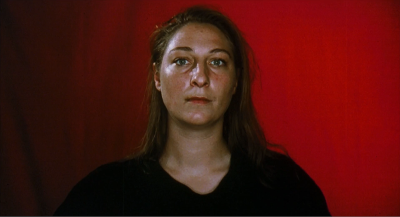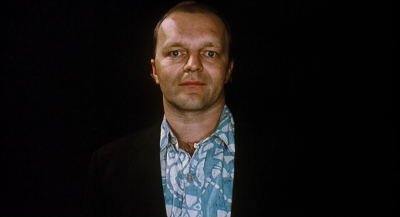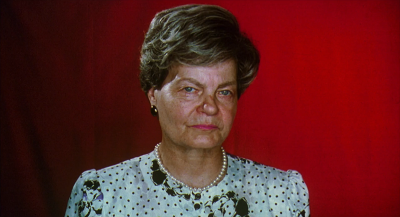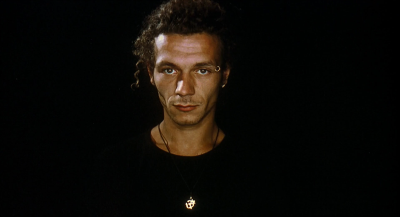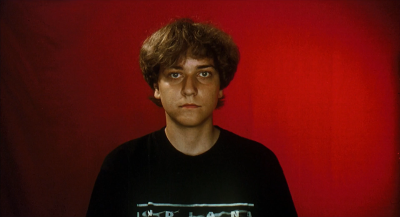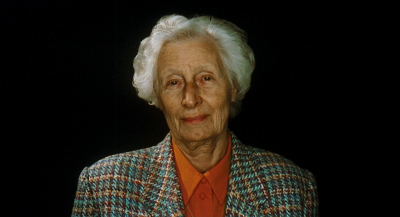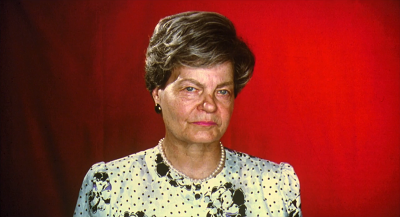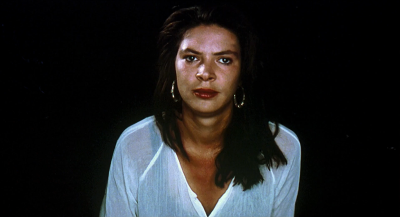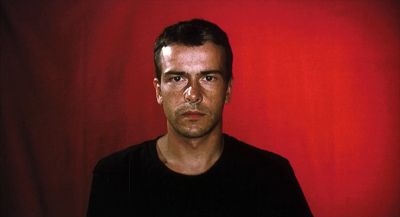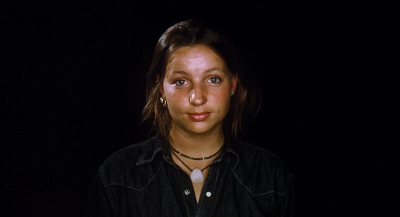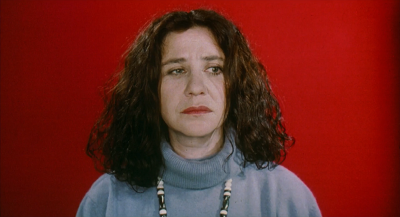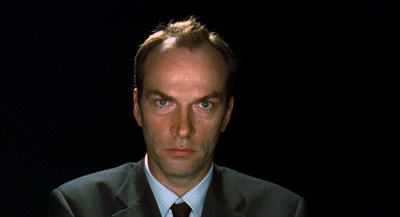Scene analysis
Understanding the interaction of film language on the image and sound level in the production of a filmic idea
Lola needs DM 100,000 and must get it in the next 20 minutes. Who can help her? WHO?
Task 1
- Watch the film clip. What could be going through Lola's mind? Generate thought bubbles to capture your ideas. You can also generate still images by tapping the camera icon in the video.
TC: 00:10:31 – 00:11:13
Tools
Think, Lola
Key concepts: Shot types and Camera distance
Camera distance (engl. ): The camera distance is a measure of how much of a filmed object is actually visible in the frame. Setting sizes describe how large the object appears in relation to its surroundings and how detailed the shot of it is. Although the actual distance between the camera lens and the object can regulate the
setting size, it is actually a measure of the "apparent" distance between the two points. For example, in a close-up the camera often seems to be very close to the object, but in reality it may be at some distance. Thus, different lens types types (and thus different focal lengths) have a great influence on the perceived distance of the camera to an object. The division into different setting sizes is closely related to psychological theories of proximity and distance between people, which are generally summarised under the term proxemics.
One of the most common systems for classifying shot sizes is based on the human body and roughly distinguishes between close-up) (CU), a medium (or mid) shot (MS) and a long shot (LS). Close-ups are all shots in which only one part of the body is shown. Semi-close-ups are shots that show about half of the body, while long shots show the whole body. Close-ups are further subdivided into extreme close up extreme close up (ECU) and medium close up (MCU). A similar procedure is used for long shots, resulting in a division into extreme long shot (ELS) and medium long shot (MLS). To simplify matters, a standard set of abbreviations has been established in the system of setting sizes in the English language.
One of the most common systems for classifying shot sizes is based on the human body and roughly distinguishes between close-up) (CU), a medium (or mid) shot (MS) and a long shot (LS). Close-ups are all shots in which only one part of the body is shown. Semi-close-ups are shots that show about half of the body, while long shots show the whole body. Close-ups are further subdivided into extreme close up extreme close up (ECU) and medium close up (MCU). A similar procedure is used for long shots, resulting in a division into extreme long shot (ELS) and medium long shot (MLS). To simplify matters, a standard set of abbreviations has been established in the system of setting sizes in the English language.
Key concepts: Cuts and Editing
Key concepts: Zoom vs. Tracking shot
Zooming is changing the focal length during a shot, which apparently changes the distance to a person or object. Technically, zooms are performed using special zoom lenses. Zooms are sometimes used instead of tracking shots. Although both zoom and tracking shots give the impression that the distance to the person or object being filmed is changing, the two techniques differ greatly in the way they depict space or spatial conditions. These differences are mainly due to the fact that the camera actively travels through the space when moving, while maintaining a fixed position when zooming zooming. The spatial relationship of the filmed person or object to the background is particularly important: when zooming, the relative sizes and positions of all elements in the picture frame remain the same, whereas they change when moving. In other words, a zoom does not change the perspective, but a camera movement does.
Task 2
The following excerpt shows the first 5 seconds of Lola's thinking process.
- Briefly describe how the scene was technically staged. Pay special attention to cuts and camera movements.
- Take four different still images with Lola in the frame and identify the setting sizes. To generate still images, tap the camera icon in the video.
TC: 00:10:31 – 00:10:37
Shots size (camera distance)
- Describe the effect that this form of staging should have on the audience.
Rien ne va plus
After the first 5 seconds of thinking, Lola's thoughts continue. The camera starts to circle around her. Meanwhile these thought images appear before her eyes:
Task 3
- Look at the second part of the section. Through various elements of mise en scène, camera work, editing and sound level, Lola's search for thoughts and decision-making is staged as a game of roulette. Name and explain explain these elements in the text cards. Use the tools and the schematic roulette in the workspace to show the parallels to the game of chance.
TC: 00:10:37 – 00:11:13
Tools
- Based on your findings from Task 3a summarise how Tom Tykwer stages Lola's decision-making as a roulette game. Interpret the function of this scene in the context of the overall film plot.
